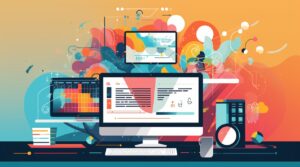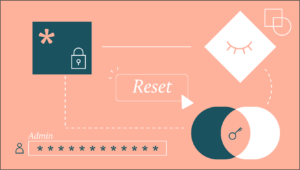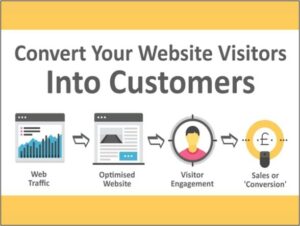Data visualization is the process of transforming data into a visual format that makes it easier to understand and interpret. It is a powerful tool that can be used to improve the efficiency and effectiveness of the design process.
Here are some ways to use visualization to create a more efficient and effective design process:
- Understand your audience. The first step is to understand your audience and what they need to see. What are their goals? What information do they need to make decisions? Once you understand your audience, you can choose the right visualizations to communicate your message effectively.
- Choose the right visualization. There are many different types of visualizations, each with its own strengths and weaknesses. The right visualization for your project will depend on the type of data you have, the message you want to communicate, and your audience.
- Use clear and concise labels. Labels are essential for helping people understand your visualizations. Make sure your labels are clear, concise, and easy to read.
- Use consistent formatting. Consistency helps people make sense of your visualizations. Use the same fonts, colors, and scales throughout your project.
- Keep it simple. Too much information can be overwhelming. Keep your visualizations simple and easy to understand.
- Test your visualizations. Once you have created your visualizations, it is important to test them with your audience. This will help you identify any areas that need improvement.
By following these tips, you can use visualization to create a more efficient and effective design process.
Here are some additional tips for creating effective data visualizations:
- Use color to highlight important information.
- Use shapes and symbols to represent different data points.
- Use a variety of visualizations to tell your story.
- Make sure your visualizations are visually appealing.
- Use a consistent style throughout your visualizations.
- Document your visualizations so that others can understand them.
By following these tips, you can create data visualizations that are clear, concise, and effective.
Here are some examples of how visualization can be used in the design process:
- A product designer can use visualization to understand user behavior. For example, they could create a heatmap of a website to see where users are clicking the most.
- An architect can use visualization to create 3D models of buildings. This can help them to understand the spatial relationships between different elements of the design.
- A graphic designer can use visualization to create infographics and other visual representations of data. This can help them to communicate complex information in a clear and concise way.
Visualization is a powerful tool that can be used to improve the efficiency and effectiveness of the design process. By following the tips in this article, you can create data visualizations that are clear, concise, and effective.











